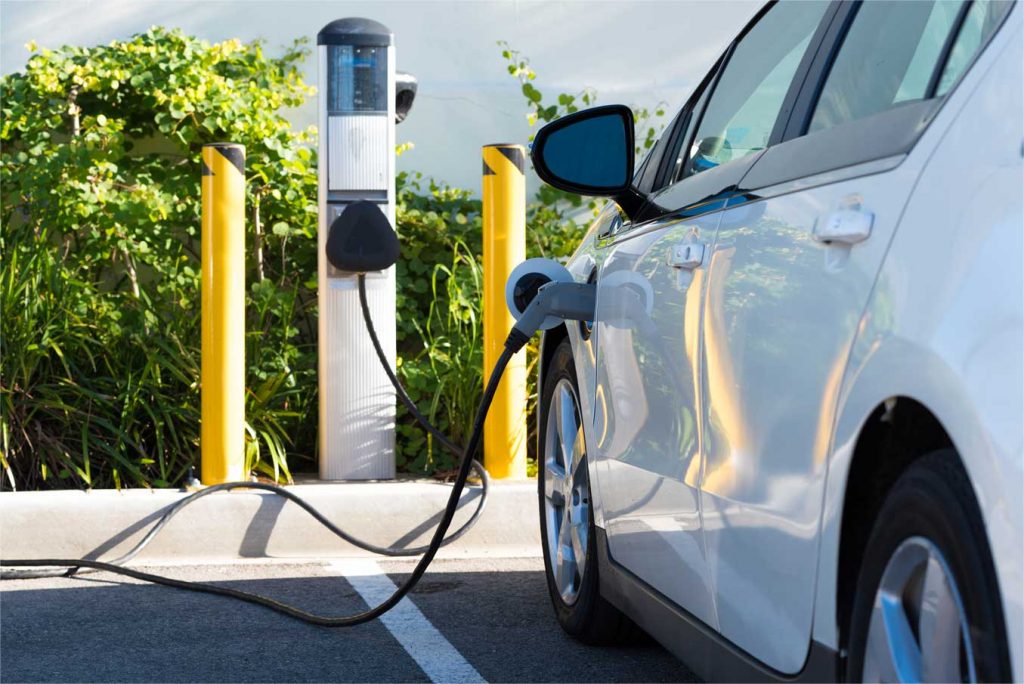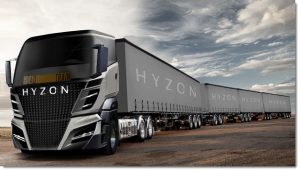Sun rises on new generation of zero emissions vehicles
A new wave of zero emissions vehicles is harnessing power from the sun and wind to deliver electrifying performance.

After a slow start, Australia’s transition to zero emissions vehicles is gathering pace.
EV sales grew to nearly two per cent of new cars sold in Australia in 2021, almost tripling the number sold in 2020.
And while Australian EV sales still lag behind other developed countries, there are signs of a long-awaited market shift.
The transition is being led by passenger-car buyers who have put Tesla’s Model 3 at the front of the pack with nearly 60 per cent of the 20,665 EV sales in the last year. Australia’s most affordable electric car – the MG ZS – is in second place, with just under seven per cent of total EV sales.
Not just cars
Electric cars are the most visible sign of the transformation taking place, but there is evidence of a wider shift.
Urban mobility is changing rapidly as electric two- and three-wheelers dominate the market in China and grow in popularity in other Asian markets, including Taiwan, Vietnam and India.
Electric buses numbers are also rising quickly, with Bloomberg NEF’s most recent EV outlook finding China accounts for 98 per cent of the nearly 600,000 e-buses on the road globally.
Read more: Can EVs accelerate the transition to renewables?
In Australia, New South Wales’ state government leads the way for e-bus uptake, announcing a plan to transition more than 8000 buses to electric by 2030.
The NSW strategy predicts that switching to zero-emission buses has the potential to create savings of between $1 billion and $2 billion in environmental and health costs, while also creating jobs through manufacturing buses and upgrading depots.
A snapshot of the opportunity can be seen in the ARENA supported Australia’s first electric bus depot at Leichhardt in Sydney’s inner west, where 40 e-buses will be charged by a combination of rooftop solar panels and battery storage.
Gareth Ridge, the Australian and New Zealand director of project partner Zenobe, told ARENA Wire the zero-emissions buses have an important role to play in decarbonising the transport sector and achieving net-zero emissions targets.
“They improve the customer and community experience by providing a cleaner, quieter and more enjoyable ride,” Mr Ridge said.
Ridge says buses are particularly well suited to electrification because their fleet model means they operate during the day and can recharge overnight when not in use. The stop-start nature of urban routes also helps modern e-buses to maximise the value of regenerative braking to replenish energy stores in big onboard batteries.
“The current battery technology on buses is more than suited for all city bus routes and the buses can perform any service required on a single charge,” Mr Ridge said.
“Overnight depot charging allows for buses to make use of an energy system that is not in high demand, decreasing variable energy costs and avoiding expensive peak network demand charges.”
Zenobe’s data show an electric bus can recover the additional purchase price over a combustion alternative within eight to ten years, through reduced fuel and maintenance costs.
Even once chargers, electrical upgrades and other costs associated with switching to electric are accounted for, Ridge says electric-bus projects will pay for themselves within 10 to 15 years, with that window forecast to narrow as battery costs fall.
When the bus batteries degrade to about 70 per cent of their initial capacity, Zenobe plans to repurpose them in stationary applications where total efficiency is less important. This will see the batteries live on in bus depots, storing solar power to charge buses overnight, or in mobile applications to provide temporary power supplies.
Electrifying trucks
Beyond buses, some of the world’s biggest mining companies – BHP, Rio Tinto and Vale – are also joining forces and looking to electrify their vehicles in a bid to decarbonise the mining sector.
This innovation challenge, dubbed Charge On, is a global initiative to enable the development of concepts for large-scale haul-truck electrification systems. This would help mines to reduce their diesel fuel consumption and would significantly cut emissions from surface mine operations.
Role for other fuels
As electric vehicles hit the mainstream, a role is emerging for other zero emissions transport technologies.
Hydrogen fuel-cell vehicles take advantage of similar electric motors, but store energy in hydrogen tanks instead of banks of batteries.
This allows faster refueling and greater range, but has been held back by the higher cost of hydrogen production, which requires a number of additional processes to create a zero emissions fuel.
One company embracing fuel-cell vehicles is Ark Energy, who, with support from ARENA, will use hydrogen-powered prime movers to transport zinc from Sun Metals’ Townsville mine and refinery to a nearby port.
The trucks will be supplied by Hyzon Motors and set up in a road-train configuration to take advantage of the robust pulling power from the electric motors.

Hydrogen to fuel the trucks will be produced with a 1 MW electrolyser installed at Sun Metals’ zinc refinery, powered by electricity from the existing on-site solar farm.
Announcing the project, Ark Energy CEO Daniel Kim said hydrogen made sense because the weight of the batteries that would be needed to power the truck would significantly reduce the amount of zinc the trucks could carry.
“The other issue is that our short-haul fleet of ultra-heavy trucks which operate between the Port of Townsville and the Sun Metals zinc refinery are high utilisation, meaning they operate 24/7 with multiple driver shifts and can’t be taken off the road for hours at a time to recharge,” Mr Kim said.
Sun Metal’s new hydrogen trucks are due for delivery before the end of 2022.
LIKE THIS STORY? SIGN UP TO OUR NEWSLETTER

ARENA